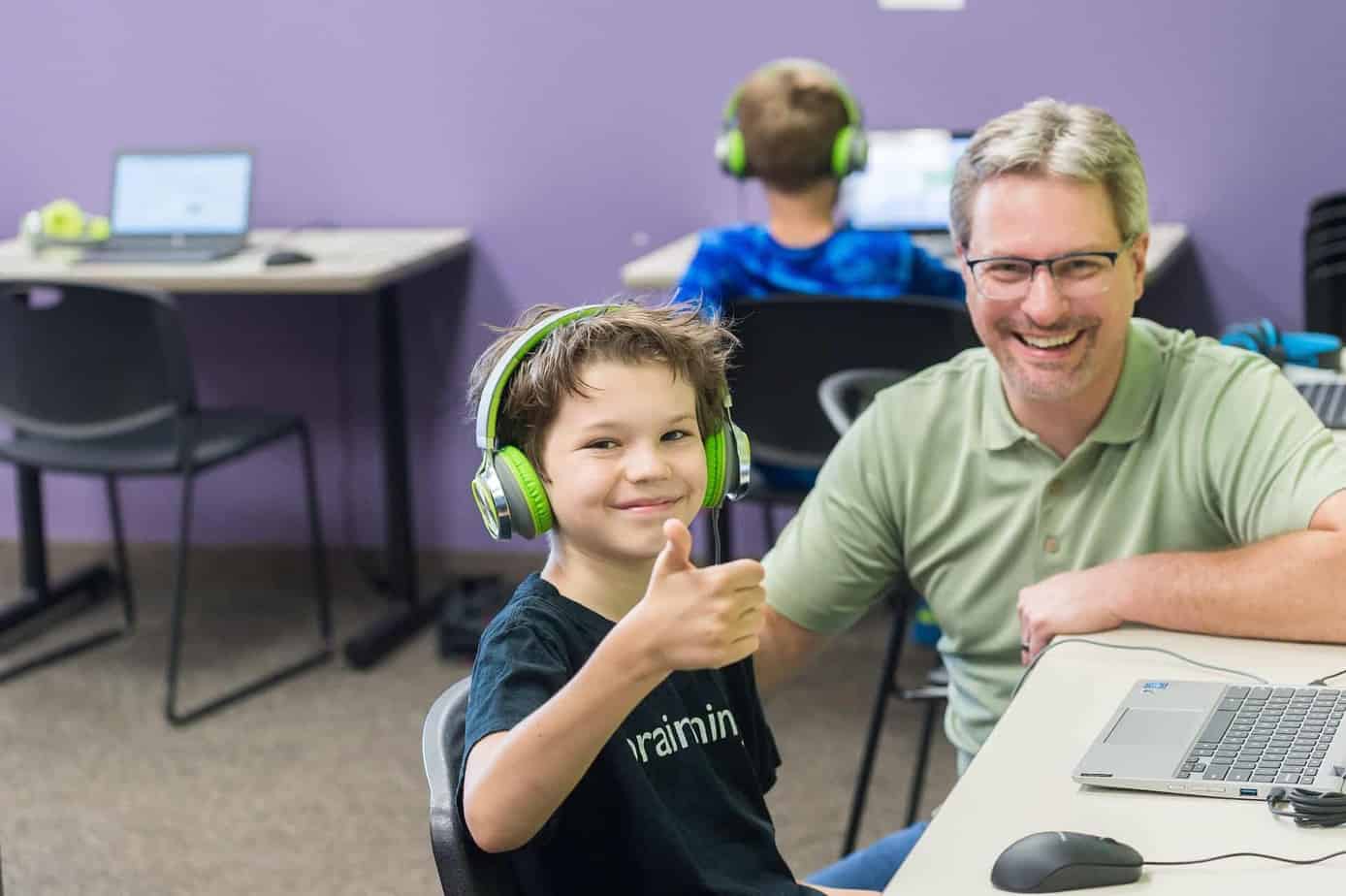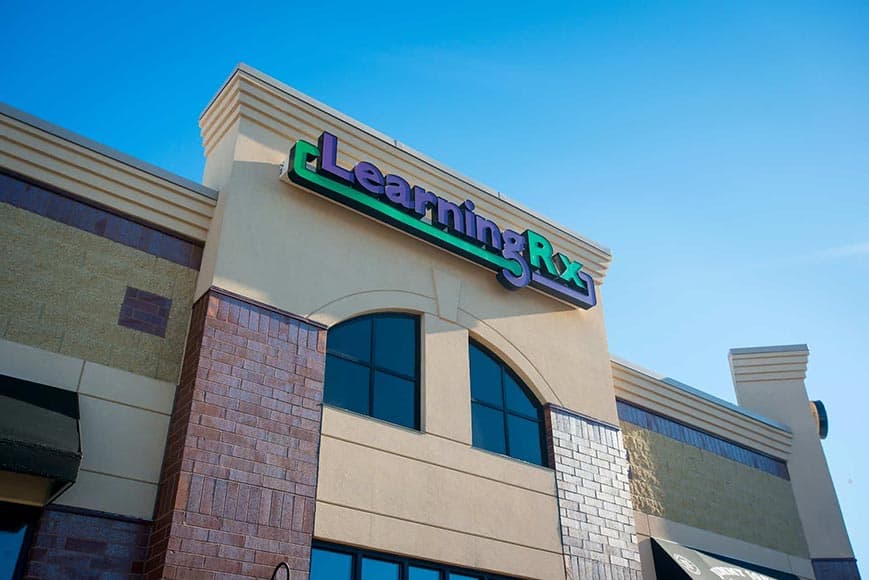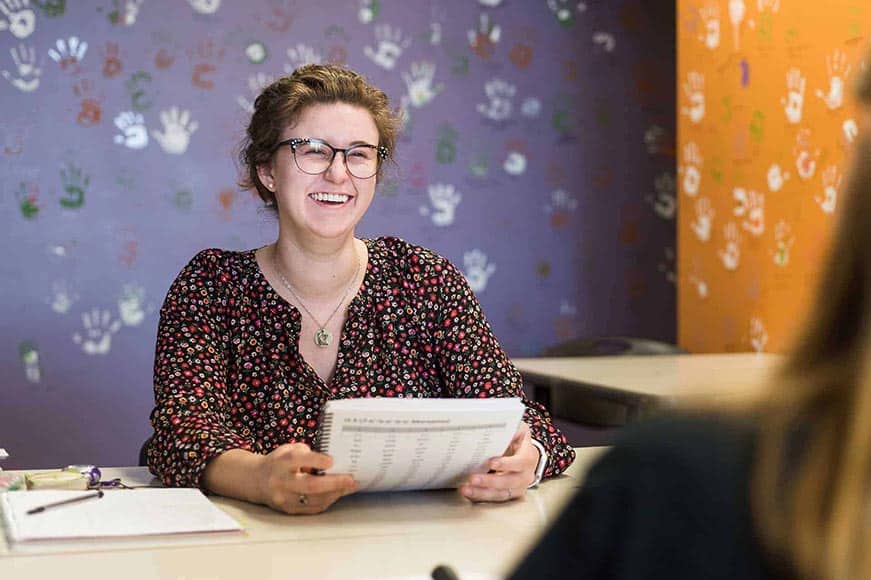Could My Child Have a Learning Disability? 15 Signs to Watch For
Learning disabilities (also called learning disorders) are common — it’s estimated that 8-10% of children under 18 in the U.S. may have some kind of learning disability. Children with learning disorders can have difficulty reading, writing, or doing simple math, and may struggle with auditory or visual processing.
Many children struggle in school long before they are diagnosed, in part because it can feel embarrassing to admit they’re having trouble. This can affect their self-esteem and motivation, making school even more difficult.
Recognizing the signs of a learning disability in your child is crucial to ensure they get the help they need as soon as possible.
What Is a Learning Disability?
A learning disability has nothing to do with how smart a child is. In fact, learning disabilities generally affect people of average or above-average intelligence. Rather, learning disorders are information-processing problems that prevent children from learning and effectively using certain skills.
When a child has a learning disorder, it will appear as a gap between their expected abilities, based on age and intelligence, and their actual academic performance.
Children with learning disabilities may see, hear, or understand things differently. This can make daily school tasks like doing homework, studying for a test, or staying focused in class much more difficult.
6 Types of Learning Disorders
Learning disabilities can affect a child’s reading, writing, math, or nonverbal skills. The following are the 6 main types of learning disorders:
Dyslexia
Dyslexia is probably the learning disorder you are most familiar with. This disorder affects how a child processes language. Dyslexia makes reading, writing, grammar, and reading comprehension difficult. Children with dyslexia also often have trouble with verbal expression and putting thoughts together during conversation. Problems with working memory (short-term memory) can also play a role in dyslexia.
Dyspraxia
Dyspraxia is a disorder that affects a child’s motor skills. If your child has dyspraxia, you may notice that they often bump into things, struggle to tie their shoes, or have trouble holding utensils. As they get older, they may find writing and typing difficult. Children with dyspraxia may also experience speech difficulties, trouble with eye movements, or sensitivity to light, touch, taste, or smell.
Dysgraphia
This disorder affects a child’s writing skills. A child with dysgraphia may have slow, labor-intensive handwriting or handwriting that’s hard to read, difficulty putting their thoughts into writing, or problems with spelling, grammar, and punctuation.
Dyscalculia
Dyscalculia affects a child’s math skills. This type of disorder can look different in different children: young children may struggle with learning to count and recognizing numbers, while older children may have trouble solving basic math problems, memorizing multiplication tables, or using math symbols. Children with dyscalculia may also struggle to understand word problems or how numbers work with and relate to each other.
Visual Processing Disorder
A child with visual processing disorder has trouble interpreting visual information. They may struggle with hand-eye coordination, reading, and telling the difference between similar objects.
Auditory Processing Disorder
This is a disorder that affects the way the brain processes the sounds a child takes in (not to be confused with a hearing impairment). Children with auditory processing disorder may have trouble learning to read, distinguishing sounds from background noise, following verbal directions, differentiating between similar-sounding words, or remembering things they’ve just heard.
15 Signs Your Child Could Have a Learning Disorder
Early detection of learning disabilities is the best way to ensure your child gets the help they need as soon as possible. Pay attention to your child’s developmental milestones: in toddlers and preschoolers, delays in walking or talking or difficulty with socialization can be early signs of a learning disorder.
In addition, the following could be signs that your child has a learning disability:
- Shows a lack of enthusiasm for reading and writing
- Unable to master skills in reading, writing, spelling, or math at or near their expected age and grade levels
- Resistant to doing homework or activities that involve reading, writing, or math
- Consistently unable to complete homework without significant help
- Has trouble memorizing things or remembering what they were just told
- Easily loses or misplaces homework, schoolbooks, or other items
- Has trouble understanding and following directions
- Shows difficulty staying focused on the task at hand
- Has trouble understanding abstract ideas
- Has trouble understanding the concept of time
- Shows either a lack of attention to detail or too much attention to detail
- Displays poor social skills
- Displays disruptive behavior, such as acting out or showing defiance, hostility, or excessive emotional reactions at school or while doing academic activities like homework or reading
- Displays a lack of coordination in walking, sports, holding utensils, or other motor skills
- Displays mood, sleep, or eating changes
In addition, changes in friends, lack of interest in activities they normally enjoy, and poor grades on report cards can also be indications of learning disabilities. Watch for these signs in your child, and if you suspect they may have a learning disorder, talk to your child’s pediatrician or teacher about having them evaluated.
Accommodating Learning Disabilities
If your child is diagnosed with a learning disability, there are a variety of accommodation options available based on their age and the type of disability they have. Options include:
- Tutoring or other help from a trained professional who can teach your child techniques to improve their academic, organizational, and study skills.
- Individualized Education Program (IEP). All U.S. public schools are required to provide an IEP for students who meet the criteria for a learning disorder. This program is free, and includes setting learning goals and strategies for your child and determining what support services they may need in school.
- Classroom accommodations, such as giving more time to complete tests or assignments, moving their seat closer to the teacher to improve attention, computer applications to help with writing, or providing audiobooks to supplement reading.
- Therapy. Various types of therapy may be utilized, such as occupational therapy to address motor skills or speech-language therapy to improve language skills.
- Medication. Your child’s pediatrician may recommend medication to help manage depression, anxiety, or ADHD, which can often accompany learning disabilities.
Keep in mind that the accommodations your child needs may change over time as they grow. In addition to these options, encourage your child to pursue hobbies and interests that they enjoy in order to build their confidence and help combat feelings of shame.
Strengthen Your Child’s Cognitive Skills Through Brain Training
While this list of accommodations can all be helpful to children with learning disabilities, the best way to help your child improve their school performance is with brain training.
Brain training with LearningRx strengthens your child’s cognitive skills, improving auditory processing, long-term memory, attention, and other skills that will equip them to manage their learning disorder, boost their academic performance, and build their confidence.
Connect with us today to learn how brain training programs at LearningRx can support your child.







